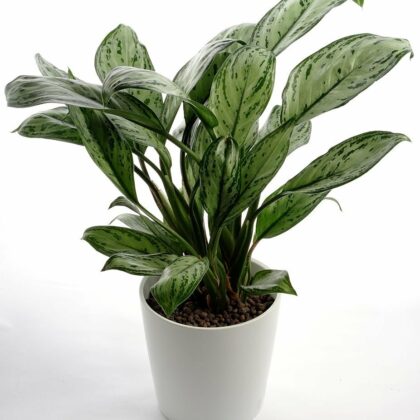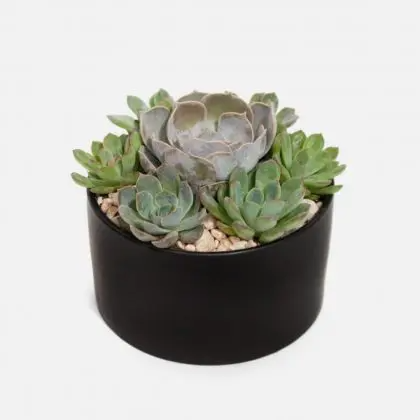Royal Palm
Available on backorder
Royal Palm Tree, scientific name Roystonea oleracea. The grace and beauty of a Royal Palm make it a popular tree along the streets of many cities. Often they are used in the islands of large parking lots or in medians along the highway. Nothing says “tropical” like the majestic Royal Palm. There are 10 species of Royal Palms around the world.
Royal Palm Tree Info
Scientific name: Roystonea oleracea
Common names: Royal Palm Tree is also known as Royal Palm, Cuban Royal Palm, Florida Royal Palm.
Family: Arecaceae
Origin: Roystonea oleracea is native to Cuba and North America.
Appearance: It has a single smooth gray trunk that is covered with scars from old leaves. Dark green arching fronds emerge from a bright green crownshaft. Pinnate, or feather-like, fronds grow up to 6-10ft long.
Flowers/Fruits: Fragrant, yellow flowers bloom in the summer. Evergreen leaf blades reaching 18 to 36 inches top a crown shaft that is long and green. Purple to black half-inch fruits is showy but not edible.
Growth Rate: Moderate. The Royal Palm can get up to 60 – 70ft tall and 5 -10 ft wide with a growth rate of around a foot each year.
Outdoor/Indoor Use: Both. This palm can be grown indoors if provided with enough light.
Light Req: Partial shade to Full sun.
Water Req: Moderate. The Royal palm likes lots of water but it is moderately drought tolerant. This makes it a good tree even if you live in a place that has watering restrictions. While it does love to be watered, it must be well-drained.
Amazingly though, they not only tolerate but seem to thrive in the poor soil and drainage of urban environments where other trees tend to do poorly. Soil can be clay, sand, or loam; it doesn’t seem to be very picky in this regard. The Royal palm prefers acidic to slightly alkaline soil, but be careful not to have too much alkalinity or the fronds may come out frizzled.
Maintenance: Easy. To prevent nutritional deficiency, apply good quality palm fertilizer that has continuous release formula twice a year during the growing season.
Cairo
Giza








